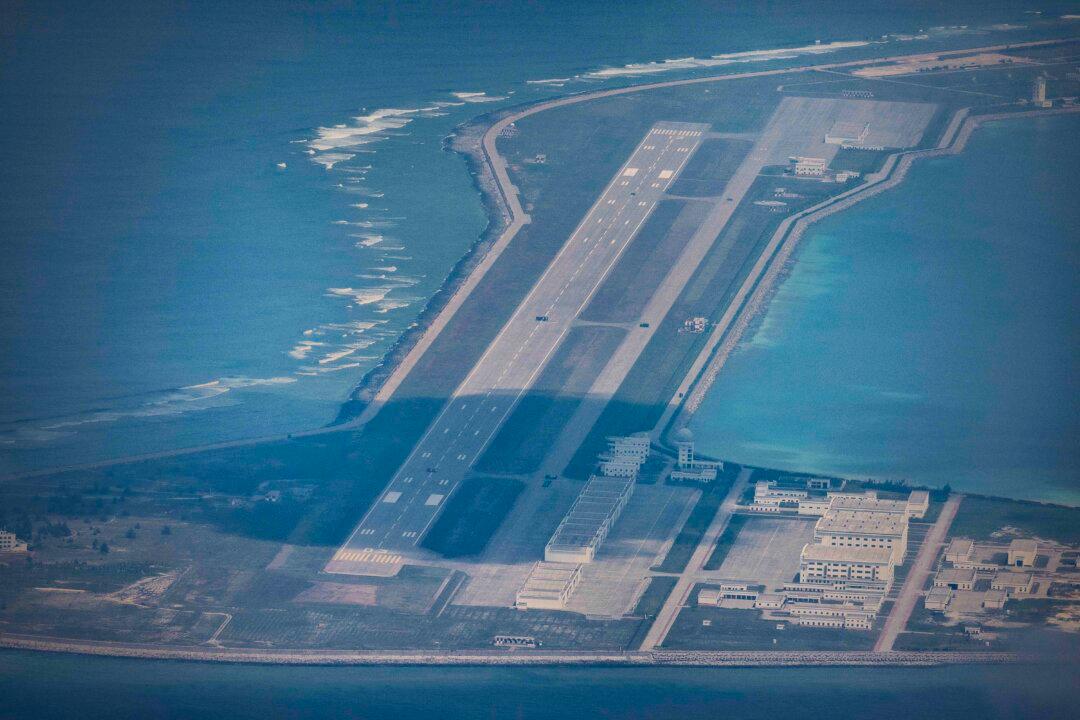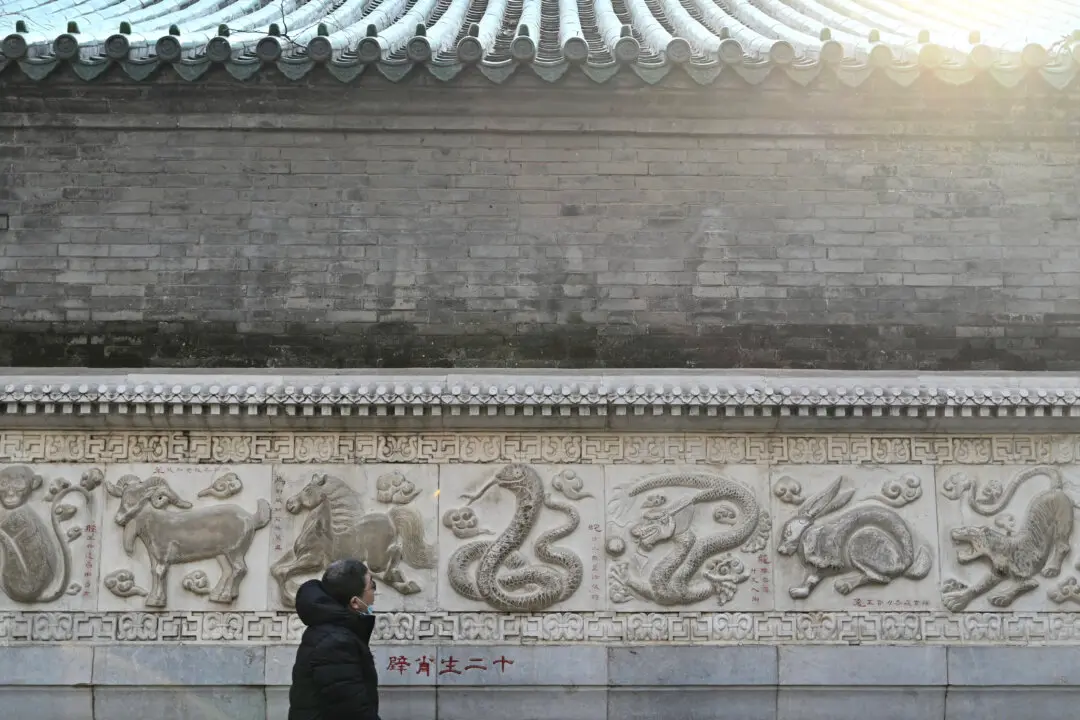Commentary
The biblical story of David versus Goliath is being reenacted on a broader scale in the West Philippine Sea. The Filipino upstart is tweaking the nose of the communist Chinese behemoth and not backing down one iota. The Philippines has international law and world opinion (less those nations enthralled by Beijing) on its side.





